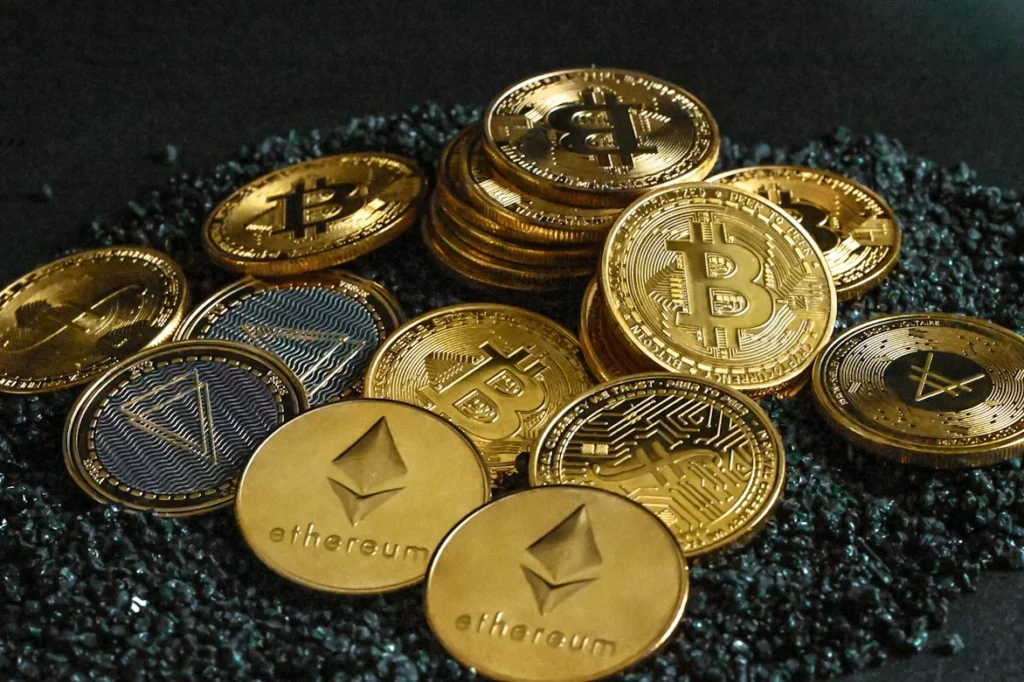4 Best Crypto to Invest in for 2025: Don’t Be Late To BlockDAG, Tapzi, Solaxy & Neo Pepe Presales!

The crypto market is buzzing with fresh opportunities, and presale projects are leading the way in 2025. With investors constantly searching for the best crypto to invest in, the spotlight is falling on disruptive tokens that combine innovation, community traction, and real-world use cases. Presales allow early buyers to lock in low entry prices before mainstream exposure, often offering exponential returns. However, identifying which tokens stand out is key.
In this article, we’ll dive into some of the hottest names in the presale and early-stage crypto scene. From Web3 gaming with Tapzi to Solana scaling with Solaxy, to meme-based community plays like Neo Pepe, and of course, the giant in the room, BlockDAG, each of these projects offers a unique upside. For investors looking at 2025 seriously, these may well be among the best cryptos to invest in right now.
1. BlockDAG
BlockDAG is proving to be one of the most unstoppable forces in crypto presales right now, and the numbers tell the story. The project has already raised nearly $410 million, with more than 26.3 billion BDAG coins snapped up by holders worldwide.
Currently, the presale price is just $0.0013 per coin, but this chance is vanishing in less than 24 hours. With a confirmed listing price of $0.05, today’s buyers are set to see a 3,746% ROI even before BDAG goes live on exchanges. For those willing to hold longer, forecasts pointing toward $1 make the upside even more dramatic.

But it’s not just hype; adoption is already happening. BlockDAG has 312,000+ holders, almost 20,000 ASIC miners sold globally, and 3 million X1 mobile miners actively engaged in its ecosystem. Add in the upcoming Awakening Testnet, which will showcase its real-world tech, and BlockDAG is proving itself ahead of launch
At $0.0013, this is the cheapest BDAG will ever be. Wait too long, and you’ll be chasing higher prices while early buyers enjoy exponential gains. Without doubt, BlockDAG is among the best cryptos to buy for those seeking transformative ROI potential.
2. Tapzi (TAPZI)
Tapzi is attracting attention among US and GameFi investors for its skill-to-earn model, shifting away from luck-driven rewards. Currently priced at $0.0035 per token, with the next stage moving to $0.0045 and a projected listing at $0.01, investors could see a 186% gain from presale to listing. Its 5 billion total supply and structured allocations add transparency. Demand is strong, with 35% of a stage’s hard cap sold within 48 hours.

For gamers and investors alike, Tapzi combines entertainment with early adoption potential, positioning itself as one of the best crypto to invest in across the Web3 gaming space.
3. Solaxy (SOLX)
Solaxy (SOLX) is drawing attention as an early-stage token. It trades at $0.0005071, with weekly gains of nearly 97%, highlighting strong volatility. Built as a Layer-2 solution on Solana, the project focuses on delivering faster and cheaper transactions.
Solaxy has a maximum supply of 83 billion tokens, and with scarcity measures in place, there is potential for momentum if adoption grows. A dip could bring higher risk, yet it continues to appeal to investors who seek high-risk, high-reward opportunities when searching for the best crypto to invest in before wider exposure.
4. Neo Pepe (NEOP)
Neo Pepe (NEOP) is positioning itself with a governance-first model in the meme coin market. It already has one billion tokens circulating, supported by auto-liquidity mechanisms that are designed to promote sustainability. Current trading activity is weak, with some sources showing very low or near-zero liquidity alongside steep declines.

This lack of volume increases uncertainty for investors. Even so, certain meme coin followers believe its community-driven governance approach offers potential. For those searching for the best crypto to invest in, Neo Pepe stands as a speculative option, though it clearly carries higher risks than more established tokens
Summing Up
As the crypto space continues evolving in 2025, presale projects are proving to be some of the most compelling opportunities for exponential growth. For many retail and institutional players alike, the hunt for the best crypto to invest in means looking beyond established giants and focusing on the next disruptors.
BlockDAG, with its proven adoption metrics and staggering ROI potential, is leading this charge. Tapzi combines gaming and utility, Solaxy taps into scaling solutions, and Neo Pepe adds a governance twist to meme tokens. Each project carries unique risks, but all stand out as presale plays worth watching.

For those asking what’s the best crypto to invest in, BlockDAG is the clear frontrunner, but diversifying across other strong presales like Tapzi and Solaxy could also provide serious upside.
This article is not intended as financial advice. Educational purposes only.
You May Also Like

Zcash (ZEC) Rips While Bitcoin Dips — Can This Privacy Coin Run 49% Higher

The $40 Million ‘Free Money’ Glitch in Crypto Prediction Markets
